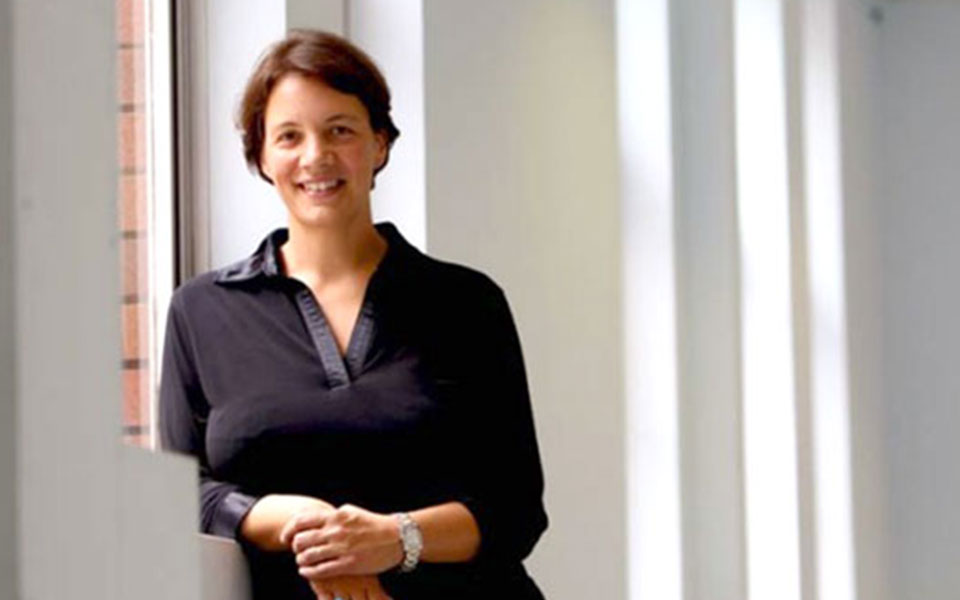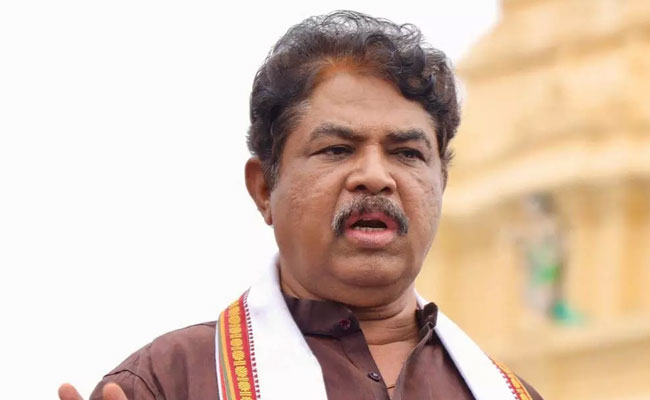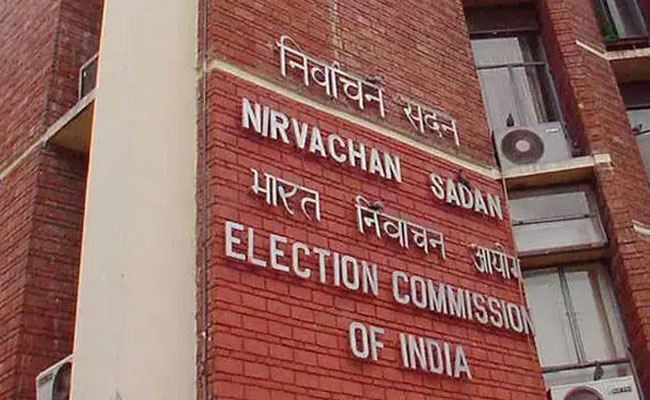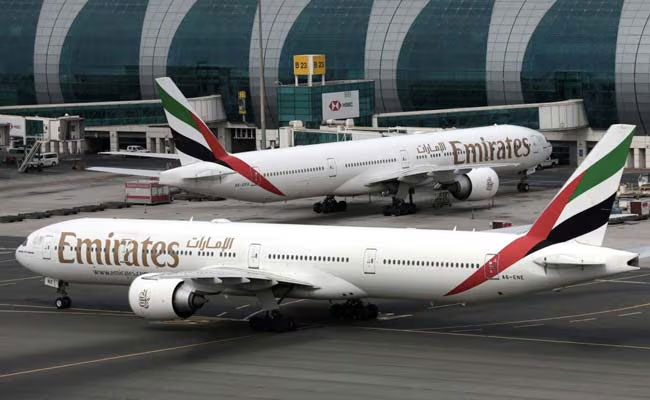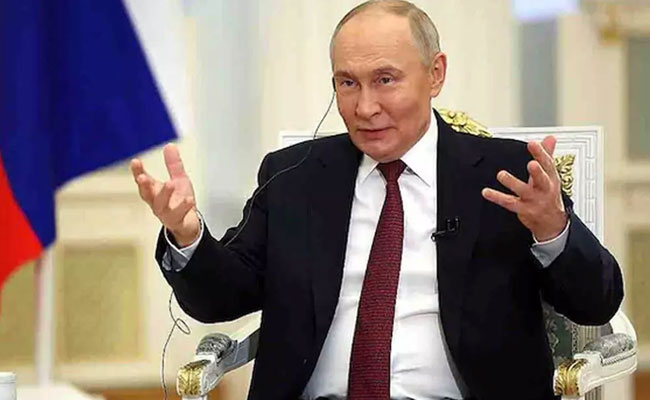Sydney, May 11: A team of Australian scientists has made great strides towards building the world's first quantum computer, using mostly standard silicon technology. The team is led by 50-year-old Michelle Simmons, a mother of three.
It is believed that the quantum computing technology could help address major global challenges like climate change and understanding complex diseases such as cancer.
"We're hoping to actually build computers here in Australia that will be able to do calculations in real time that would otherwise take thousands of years," Simmons, Professor at University of New South Wales (UNSW) Sydney, said in statement.
The winner of the coveted 2018 Australian of the Year award leads a team of more than 200 researchers at eight universities across the country developing a cache of quantum computing technologies.
In the quantum world, every time a quantum bit (qubit) is added, the amount of information is doubled.
"If I can get to 300 qubits, there's a prediction that it's more than all the atoms in the universe working together as a calculation," Simmons said, adding that her team is the only one in the world that can manipulate individual atoms to make atomically precise electronic devices.
The progress made by the UNSW research programme has been possible to a great extent due to its focus on silicon, which is industrially-compatible and forms the basis for the existing computer and electronics industry.
The team focuses on making qubits out of single atoms of phosphorus or quantum dots in silicon.
In 2017, the British-born Simmons established Australia's first quantum computing company, Silicon Quantum Computing (SQC), to develop, by 2022, a 10-qubit prototype silicon quantum integrated circuit -- the first step in building the world's first quantum computer in silicon.
The company is owned by the Australian Government, the Commonwealth Bank of Australia (CBA), Australian telecommunication Telstra, the UNSW and the New South Wales State Government.
"To be able to create technology that can be useful for humanity, to be able to create technology that can solve diseases, optimise weather patterns -- have all the implications to make the world a better place and understand the world -- is what drives me," said Simmons, who is also Director of the Australian Research Council Centre of Excellence for Quantum Computation & Communication Technology (CQC2T).
In a statement released by UNSW in March, Simmons, said her team's work is inspired by the late American physicist Richard Feynman, whose birth centenary is on Friday.
Feynman is known for his path-breaking contribution to quantum theory -- especially its electrodynamics, which won him the Nobel Prize.
"Feynman said: 'What I cannot create, I do not understand'. We are enacting that strategy systematically, from the ground up, atom by atom," Simmons said.
"In placing our phosphorus atoms in the silicon to make a qubit, we have demonstrated that we can use a scanning probe to directly measure the atom's wave function, which tells us its exact physical location in the chip. We are the only group in the world who can actually see where our qubits are.
"Our competitive advantage is that we can put our high-quality qubit where we want it in the chip, see what we've made, and then measure how it behaves. We can add another qubit nearby and see how the two wave functions interact. And then we can start to generate replicas of the devices we have created," she said.
The team's latest advance - the first observation of controllable interactions between two qubits - was published in the journal Nature Communications.
Let the Truth be known. If you read VB and like VB, please be a VB Supporter and Help us deliver the Truth to one and all.
Bengaluru (PTI): Targeting Chief Minister Siddaramaiah and the Congress government in Karnataka on corruption, BJP leader R Ashoka on Friday said, being foolish was forgivable, but being "shameless" in public life was not.
The Leader of Opposition in the state Assembly claimed that in just 30 months of its tenure, the Congress administration has broken every previous record on corruption-related controversies.
He was responding to Siddaramaiah's post on 'X' on Thursday hitting back at the BJP, stating that Upa Lokayukta Justice Veerappa's claims of "63 per cent corruption" were based on his report in November 2019, when BJP's B S Yediyurappa was the CM.
"But Ashoka, without understanding the Upa Lokayukta's statement properly, has ended up tying the BJP's own bells of sins onto our heads and has effectively shot himself in the foot," the CM had said, as he accused Ashoka of foolishness for trying to twist Veerappa's statement to target the current government.
Responding, Ashoka said, "it is one thing to be called foolish in politics, that can be forgiven."
"But in public life, especially in the Chief Minister's chair, one must never become shameless," Ashoka posted on 'X' on Friday addressing Siddaramaiah.
Noting that the CM himself had admitted on the floor of the Assembly that a Rs 87 crore scam took place in the Valmiki Development Corporation, he said that when a CM acknowledges such a massive irregularity inside the floor of the House, the natural expectation is immediate action and accountability.
"But instead of taking responsibility, you continue in office as if nothing has happened. What should the people of Karnataka call this, if not sheer shamelessness," he asked.
Pointing out that the CM's Economic Advisor and senior Congress MLA Basavaraja Rayareddy had publicly stated that under Congress rule, Karnataka has become No.1 in corruption, Ashoka said, "Yet, you still cling to the Chief Minister's chair without a moment of introspection. What should the people of Karnataka call this, if not sheer shamelessness."
Senior Congress MLA C R Patil had exposed the "money for House" racket in the Housing Department and even warned that the government would collapse if the details he has were made public, Ashoka said.
"Despite such serious allegations from within your own party (Congress), you neither initiated an inquiry nor acted against the concerned minister. What should the people of Karnataka call this, if not sheer shamelessness," Ashoka asked the CM.
Highlighting the "40 percent commission" allegation Congress made against the previous BJP government, the opposition leader said, the commission that the Siddaramaiah government appointed concluded that the accusation was baseless.
"After your own panel demolished your own claim, what moral right do you have to continue repeating that allegation. What should the people of Karnataka call this, if not sheer shamelessness," he asked.
For the last two and a half years, Karnataka has been 'drowning' in corruption, scandals, irregularities and allegations across departments. Ashoka said, "If I begin listing every case that emerged under your government, even 24 hours would not be enough."
"And the most tragic aspect of your administration is this: the unbearable pressure, corruption demands and administrative harassment under your government pushed several officers and contractors into extreme distress - including the suicide of Chandrasekharan which exposed the Valmiki Development Corporation scam - a sign of how deeply broken the system has become under your watch," he said.
Instead of fixing this hopeless environment, the government has tried to bury every complaint and silence every voice, he charged.
"Being foolish is forgivable, but being shameless in public life is definitely not."
"When your own ministers admit scams, when your own advisors certify Karnataka as No.1 in corruption, and when your own MLAs expose rackets inside your departments - clinging to power without accountability is not leadership. It is shamelessness in its purest form." PTI KSU
Earlier on Thursday Ashoka had demanded that the corruption case and allegations in the state against the Congress government be handed over to a CBI investigation, citing a reported statement by Upalokaykta Justice Veerappa alleging "63 per cent corruption", following which Siddaramaiah hit back at the BJP leader.

